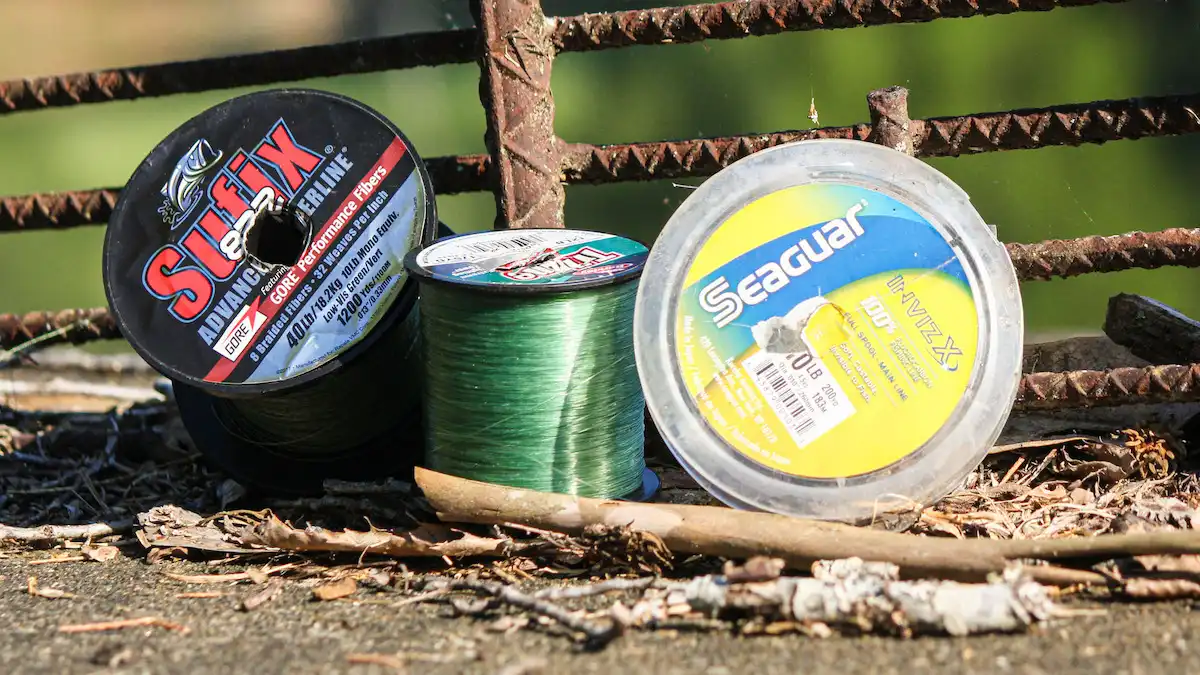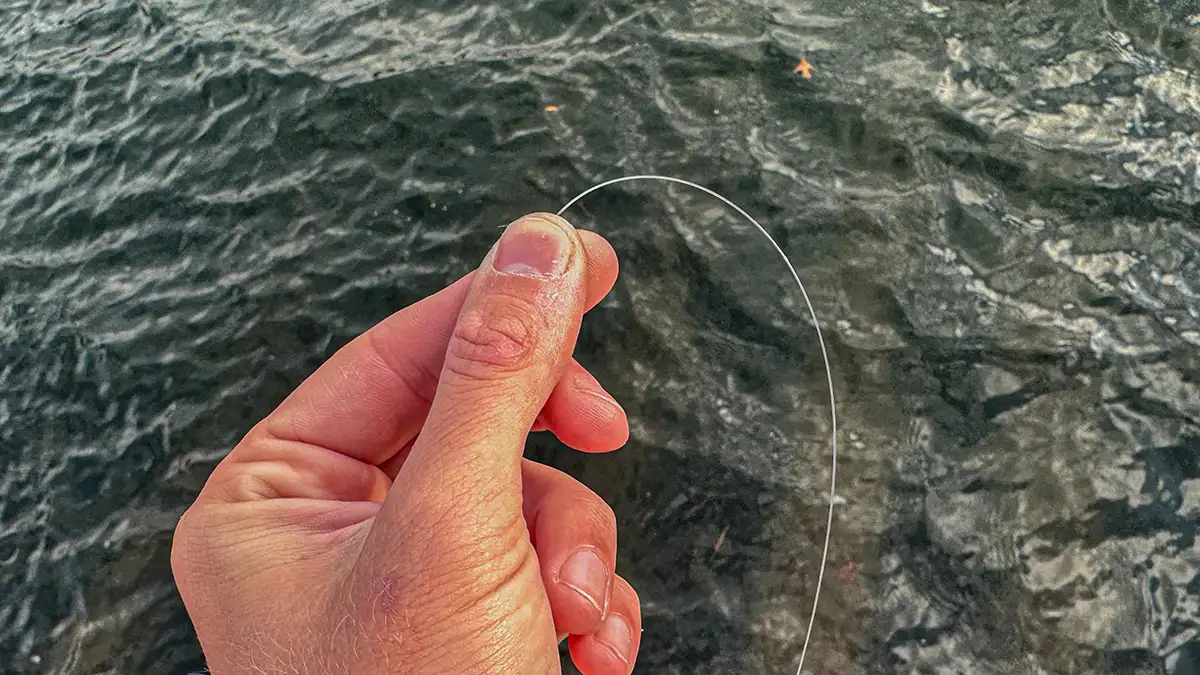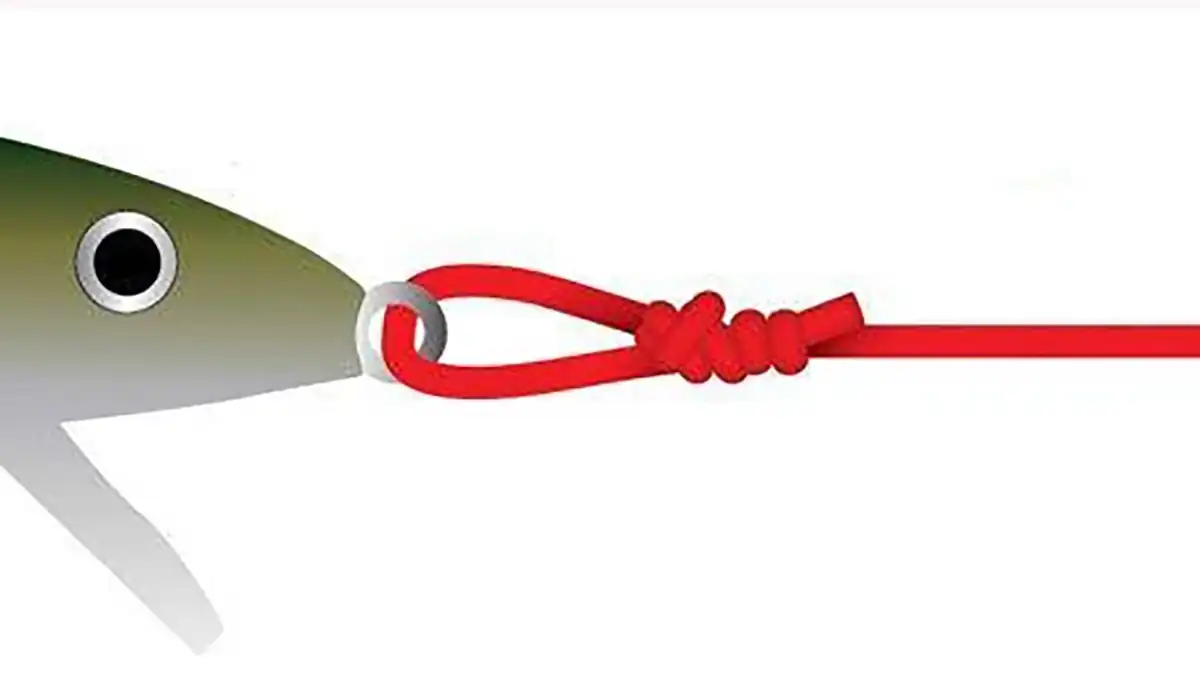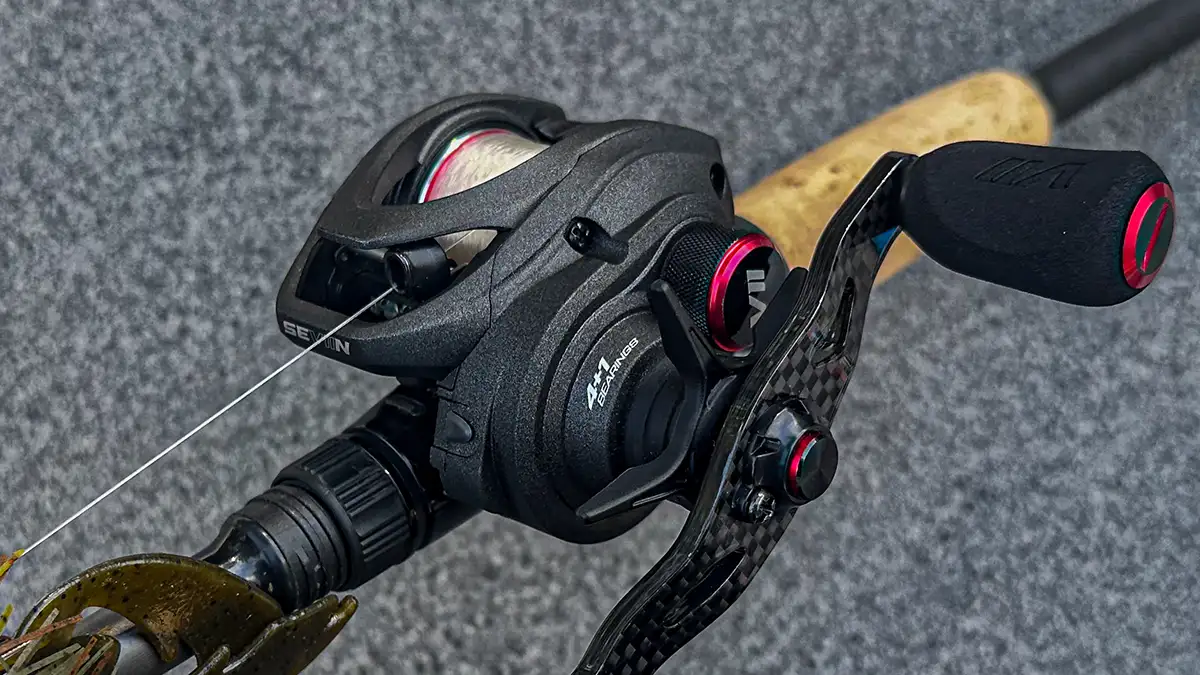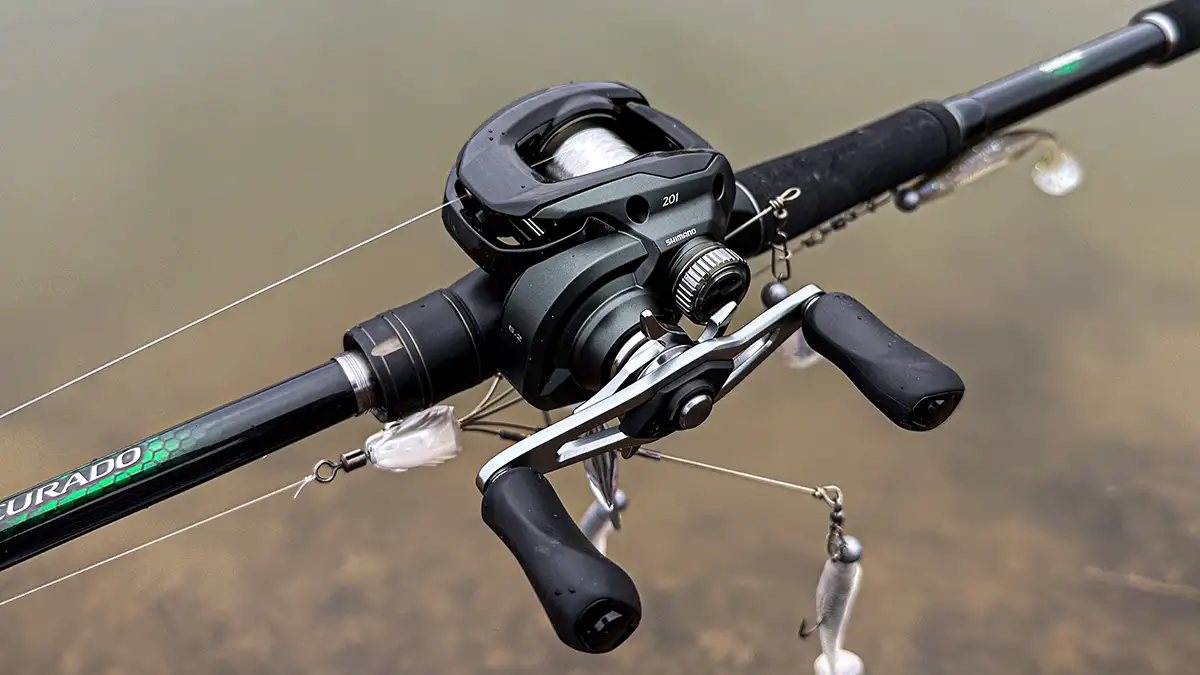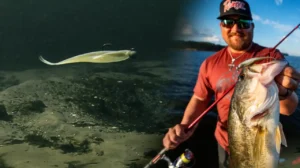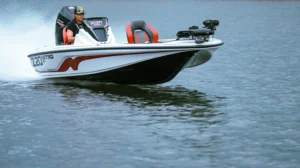When it comes to bass fishing, anglers often focus on the type of lure, the color of the bait, or the time of day. However, one crucial element that can significantly impact your fishing success is line size. Choosing the right line size not only affects your ability to catch fish but also influences your overall fishing experience. Here’s a few of the reasons why line size matters in bass fishing.
STRENGTH
To start, the line’s overall strength is an obvious reason why line size matters. Line size, typically measured in diameter and associated with a pound test rating, directly affects the strength of your fishing line. Thicker lines can withstand greater stress and abrasion, making them ideal for fishing in and around heavy cover. A heavier line provides the strength needed to pull fish from thick vegetation or around submerged structures, while a lighter line is ideal for open water or finesse-style presentations.
A lighter line is typically paired with a soft, smooth drag, perfect for slowly fighting fish back to the boat. I typically choose my line size based on the weight of my lure and the amount of cover present. If the lure weighs less than ¼-ounce, I prefer to use something lighter than a 12-pound line. If the lure weighs ⅜-ounce or heavier however, I prefer to use 15-pound line or greater. I try to use as light of line as possible, however I’m not afraid to throw the big stuff whenever fish are hiding out in heavy cover.
WATER CLARITY
The visibility of your line can play a role in how bass react to your presentation. Thicker lines are often more visible in the water, which can deter fish especially in clear conditions. Choosing a thinner diameter line can help improve your chances of a successful catch, as it makes your setup less noticeable to wary bass. This can get tricky whenever you’re fishing around heavy cover, as there’s a fine line between being stealthy and breaking off.
Stained or muddy water allows you to slightly up your line size, which can increase your overall landing percentage. I’ll still use a variety of finesse applications in stained water, however I’ll slightly upgrade my line size in order to help land my fish. Stained water also creates the perfect scenario for a variety of heavy line applications. Techniques such as throwing a jig, spinnerbait, or other applications that require heavy line all excel in these conditions.
HOW IT AFFECTS YOUR BAIT
Different bass fishing techniques require different line sizes. For example, when using topwater lures, a thicker line can help reduce drag on the surface, while finesse techniques may benefit from a thinner line that allows for better bait presentation. Understanding the relationship between your chosen technique and line size is vital for improving your fishing success.
This is likely the most important factor in determining the right line size. I’m under the impression that fish actually seeing your line rarely spooks them, instead the lack of action due to the wrong size line is far more detrimental. One of the best ways to combat this issue is by tying a loop knot. A loop knot lets your bait move freely on the line, allowing you to get away with a slightly larger line size.
One of the best ways to determine the correct line size for your bait is by paying attention to its action. Let’s say for example you’re throwing a jerkbait. If you notice your jerkbait isn’t darting as aggressively as it should, try going from 12- to 10-pound line. This decrease in drag will often give your lure added depth and action, resulting in a more effective presentation. This drag is far more noticeable on lightweight lures, however it still affects the fall rate of heavy lures as well.
CASTING DISTANCE
The diameter of your fishing line also affects casting distance. Lighter, thinner lines allow for longer casts, which is essential when targeting skittish fish or covering large areas of water. This can be particularly helpful in open water situations, where getting your lure further away from the boat increases your chances of a successful catch. I’ve found this to be an especially effective method on clear water fisheries as well.
Lakes such as St. Clair or any of the Great Lakes all have crystal clear water and big waves. I’ve noticed that bass can hear the splashing of your boat crashing against the waves. This can cause bass to spook off making them hard to catch, especially at close distances. Using a lighter line allows you to make those long, accurate casts in clear water conditions, often resulting in a few extra bites. This helped me catch a ton of extra fish on my recent trip to Lake Mille Lacs, and I was truly surprised at how much further I could cast with a lighter line.
REEL COMPATIBILITY
Your reel’s specifications can also help determine the line size you should use. Spooling a reel with a line that is too thick may lead to a lack of space and casting issues, while using a line that’s too thin could result in line management problems. Always check your reel’s recommended line size to ensure peak performance. I typically use either a 2500 or a 3000 size reel for the vast majority of my bass fishing applications. I use 10 to 15-pound lines on 2500 size reels, and 15 and up on 3000 sizes.
In bass fishing, the importance of line size cannot be overstated. It influences strength, sensitivity, casting distance, visibility, and overall effectiveness in various conditions and techniques. By understanding and carefully selecting the appropriate line size, anglers can enhance their chances of success on the water. Whether you’re a seasoned pro or a weekend warrior, paying attention to this overlooked detail can make all the difference in your bass fishing adventures.


